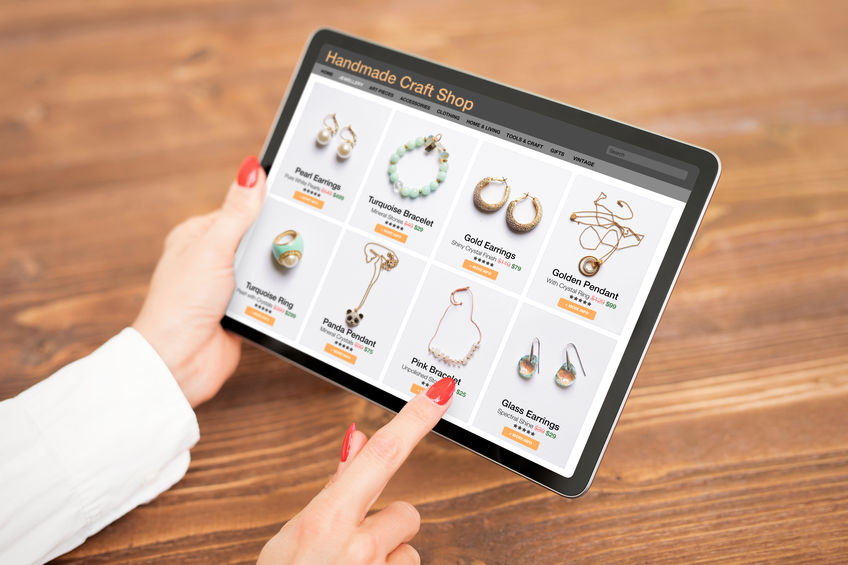
We all want to create a website where people will stick around for as long as possible. Unfortunately, too few websites fit that description.
Let’s take your website, for instance. You put a lot of time, money, and energy into building your website. Yet visitors barely seem to stay for a few seconds before bouncing back to Google. What can you do?
The key is to turn your website onto a website that converts—in other words, a high converting website. Here, we’ll discuss how you can do just that.
Table of Contents
What Is a High Converting Website?
A website that converts is a high converting website. But what do we mean by this?
A high converting website is one that keeps people on the page and converts their visits into sales or contacts.
This can be easier said than done. It takes visitors at most 8 seconds to determine if they’ll stay on your website or leave. And even after those 8 seconds, there’s no promise that they’ll contact your business or buy one of your products. To make your website into one that converts, you need to take several steps first.
Five Characteristics of a Website That Converts
So, what can you do to increase your conversion rate and turn your website into a high converting website? There are many things, but we’ve listed the top five characteristics we’ve found from websites that convert:
High Quality UI/UX Design
UI/UX design can’t be stressed enough. It’s more than just about making your website appear aesthetically pleasing, it’s also about making it functional. If your website is confusing or broken altogether, visitors will not bother to figure it out and instead leave for a more well-functioning website.
Here’s how you can create high quality UI/UX design:
- Reduce readability issues: Your website should be simple and easy to read. Text should be in easy-to-read fonts and font colors, and pictures should be simple and intuitive.
- KISS (Keep It Simple, Stupid): Simple is best when it comes to designing your website. It should be intuitive, meaning that when a visitor comes to your site, they’ll be able to automatically know where to find the things they need.
- Good Site Speed: There’s nothing more frustrating than a slow website. A 1-second delay in your site speed can reduce conversions by 7%, so make sure your test loads properly.
- Test, test, and test some more: Good UI/UX design relies on frequent quality assurance testing.
SEO and UX Are Well-Balanced
As important as UI/UX design is, don’t think that’s the only thing you should care about. SEO (search engine optimization) is crucial to getting visitors to your page. But one should not outweigh the other. The effort and time you put into your UI/UX design should be balanced by the effort and time you put into your SEO.
They Answer the “Why Them?” Question
You know that you are the best option for your potential clients, but they don’t know that. You need to prove why visitors should buy your products or services. This might mean showing them unique services you provide, reviews from former customers, and anything else that will answer visitors “Why them?” question.
Content is Complete, Accurate, and Updated
The content you provide on your website will provide visitors with the information they need to make that final decision of buying your products or services. It will help answer that “Why them?” question, support your SEO efforts, and establish your company as a leader in the field.
But not just any old content will do. It will need to be complete, accurate, and updated. Here’s what we mean:
- Complete: Your content should be complete. In other words, there should be no gaps in knowledge and should not leave your visitors with more questions than answers. This doesn’t mean you should jam your website with unnecessary content. Remember what we said above about UI/UX design. It should be simple, straightforward, and clear.
- Accurate: Content should also be accurate. If your website says one thing but your company policy says another, then you’ll have a lot of angry customers caught in the middle. Fact-check any information you put on your website before publishing it.
- Updated: If the last time you updated your website content was five years ago, then it’s no wonder why customers aren’t sticking around. Regularly checking and updating your content will not only reflect your current business practices, but it’s also good for SEO.
They Perform Regular Audits
Website performance audits can give you a picture of how your website is performing and what you can do to improve your conversion rates. These audits can cover a wide variety of factors that may influence website performance, including the following:
- The number of unique and new website visitors
- Average page load time
- Top search queries
- Organic traffic
- Session length
- Top landing pages
- Number of transactions
- Conversion rate
- Bounce rate
- And more
The Bottom Line
At the end of the day, a high converting website checks a lot of boxes. You’ll need the right team by your side to ensure every box is checked. This includes SEO, UI/UX design, website auditing, and more.
At Beta Breakers, we can help test your website so that it becomes a website that converts. To learn more about our services, contact us today at 415-878-2990.

 With Experience in Quality Assurance & Testing Desktop Software, Mobile Apps, Websites & Web Applications for Nearly 30 Years, Beta Breakers has become the Premier Software Quality Assurance Labs and Application-Testing Provider -
With Experience in Quality Assurance & Testing Desktop Software, Mobile Apps, Websites & Web Applications for Nearly 30 Years, Beta Breakers has become the Premier Software Quality Assurance Labs and Application-Testing Provider - 


Leave a Reply